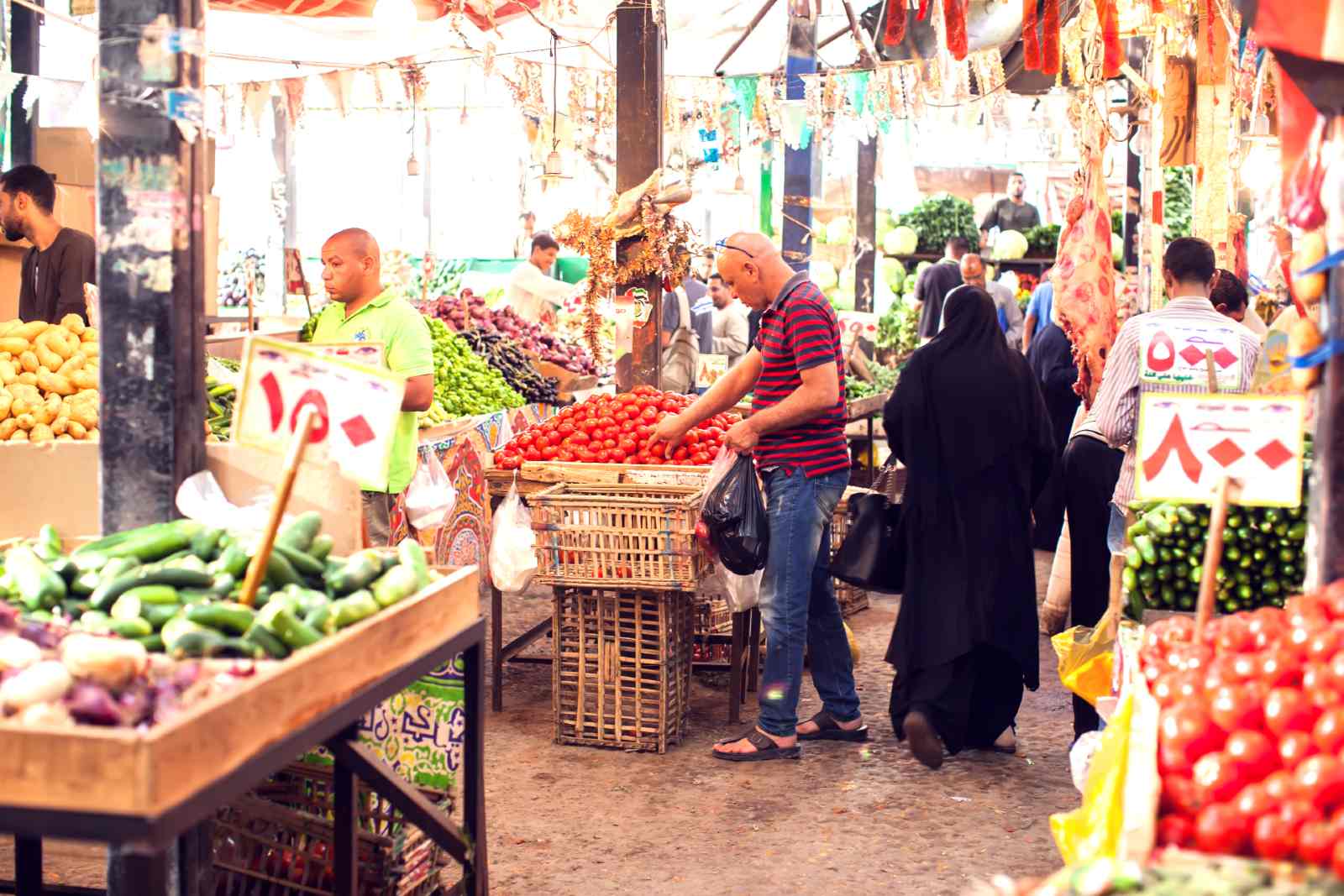Inflation rises to near three-year high as global food prices spike

Annual urban inflation rose to its highest level in almost three years in March as spillover effects from the conflict in Ukraine continued to hit the Egyptian economy. Figures (pdf) released by statistics agency Capmas yesterday showed that inflation accelerated to 10.5% last month from 8.8% in February, above the central bank’s 7% (±2%) target range and the quickest rate since May 2019, when the figure stood at 14.1%. Monthly inflation hit a 41-month high of 2.2% (benchmarked against 2.6% in October 2018).
Inflation was sharper than many analysts had predicted: Analysts were expecting the headline rate to hit around 10% during the month.
Food prices continued to surge: Food price inflation rose at the fastest rate since October 2018 according to a note from Pharos, rising almost to 19.8% y-o-y from 17.6% in February, driven by large price increases in oil, vegetables, sugar, meat and poultry, and bread and cereals. Food and beverages constitute the biggest component of the basket of goods used to measure prices.
Annual core inflation also rose to 10.1% from 7.2% in February, its highest since June 2019, according to central bank data (pdf). Core inflation strips out volatile items such as food and fuel.
Spiraling prices came as Russia’s invasion of Ukraine upended global commodity markets, accelerating inflation that had already set in before the conflict. Global food prices soared to an all-time high in March as the war disrupted wheat shipments from Russia and Ukraine, which together provide around a quarter of the world’s wheat supply — and more than 80% of Egyptian grain imports.
The Russia-Ukraine war has also driven global risk-off sentiment and triggered outflows from emerging markets. This was compounded by the US Federal Reserve last month hiking interest rates for the first time since 2018.
The EGP depreciation + Ramadan demand also played a role: “We attribute the price hike to amplified food demand ahead of the holy month of Ramadan and depreciation by more than 15% on 21 March,” CI Capital’s Sara Saada wrote in a note. The Central Bank of Egypt (CBE) allowed the currency to depreciate and hiked interest rates by 100 bps last month in a bid to support inflows.
Domestic and global realities mean inflation is likely to tick up in April.
- Globally: Oil prices are looking sticky in the USD 100 per-barrel band. And the prospect of deeper disruption of the world’s food supply looms later this year thanks to rising feed, fuel and fertilizer costs.
- Domestically: Start with the impact of Ramadan. Add Naeem’s view that the full impact of the EGP’s recent dip against the greenback has yet to be felt. And then there’s the coming hike in fuel prices, which CI Capital says could be at or near the 10% cap on escalation in any quarter.
When will it peak? CI Capital is forecasting inflation to peak near 12.5% in April, while Al Ahly Pharos expects price hikes to continue into the summer. Pharos’ head of research, Radwa El Swaify, told us that the headline rate will likely approach 12% in August before decreasing gradually to return within the CBE’s target range by February 2023.
What about interest rates? The CBE will likely keep a close eye on market developments before deciding to raise rates by another 100 bps, El Swaify said, adding that the Fed’s rate hikes would also factor in the CBE’s decision. The CBE will next meet to review interest rates on 19 May.
IN THE MEANTIME- Our real deposit rate is exceptionally attractive even as our real interest rate remains in negative territory despite last months’ rate hike. You can thank the release of 18% certificates of deposit (CDs) at the National Bank of Egypt and Banque Misr means the real deposit rate stands at 7.5%, one of the highest in the world — the certificates have pulled EGP 499 bn of liquidity out of the market since their launch last month, Masrawy reports citing officials at the two banks.